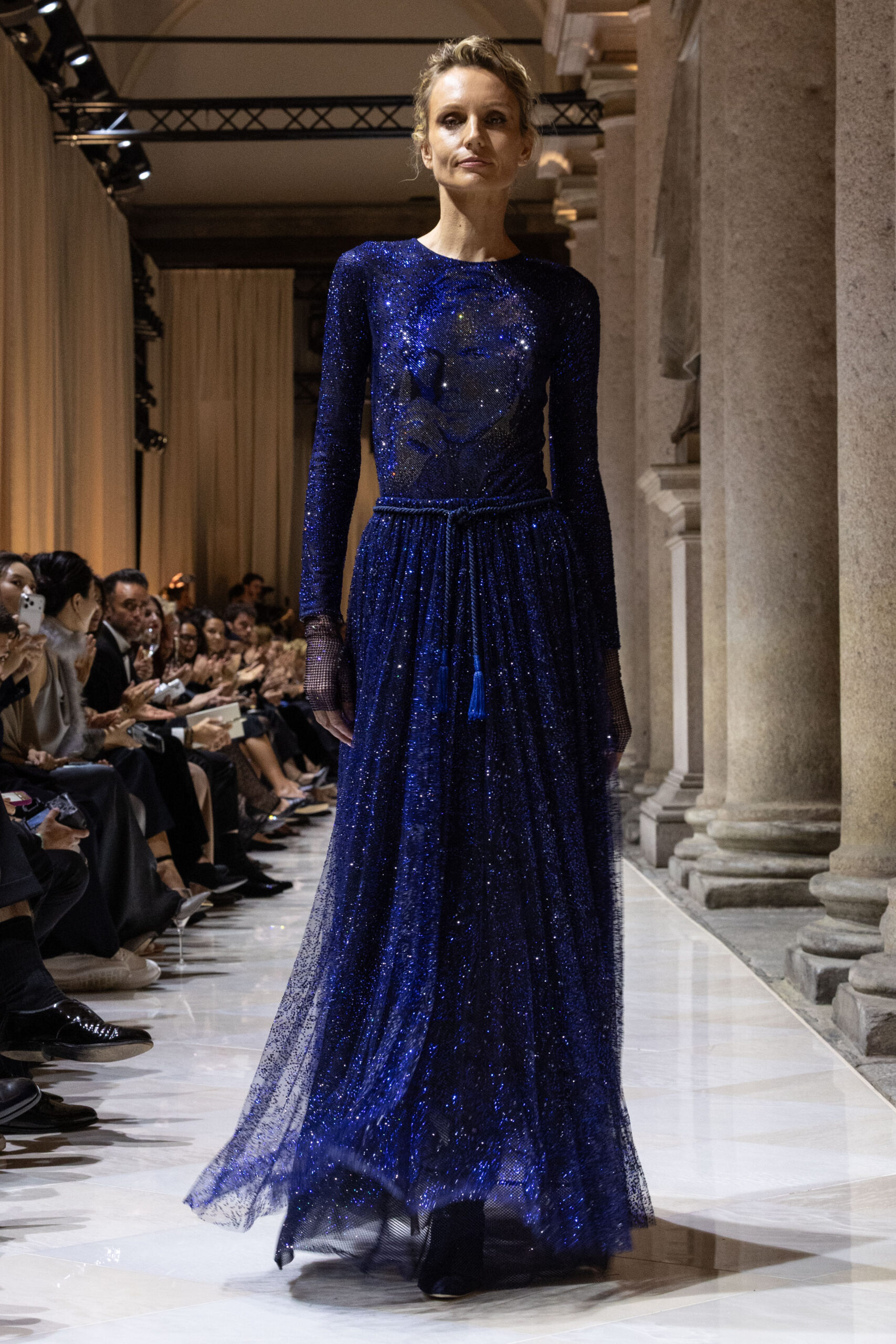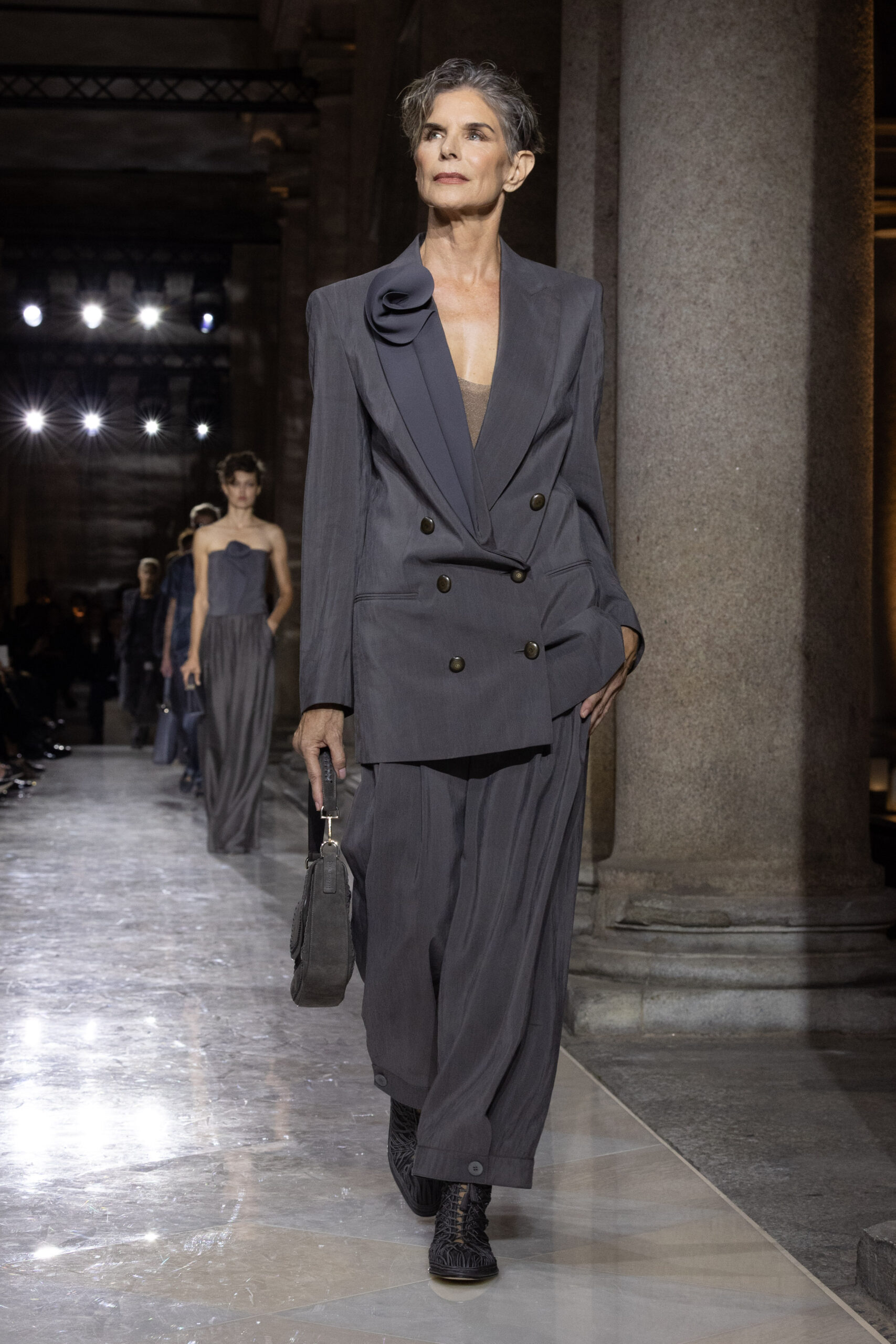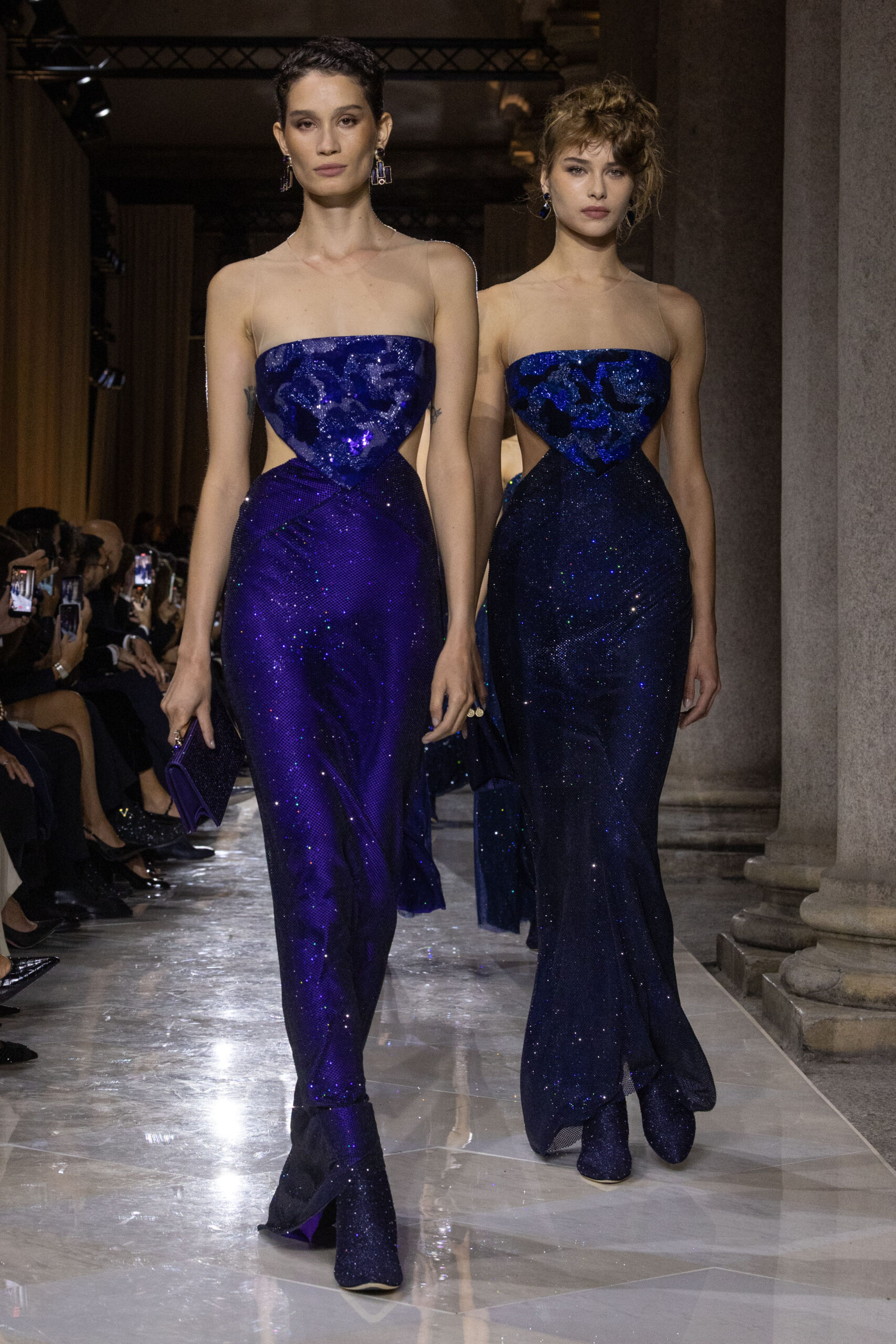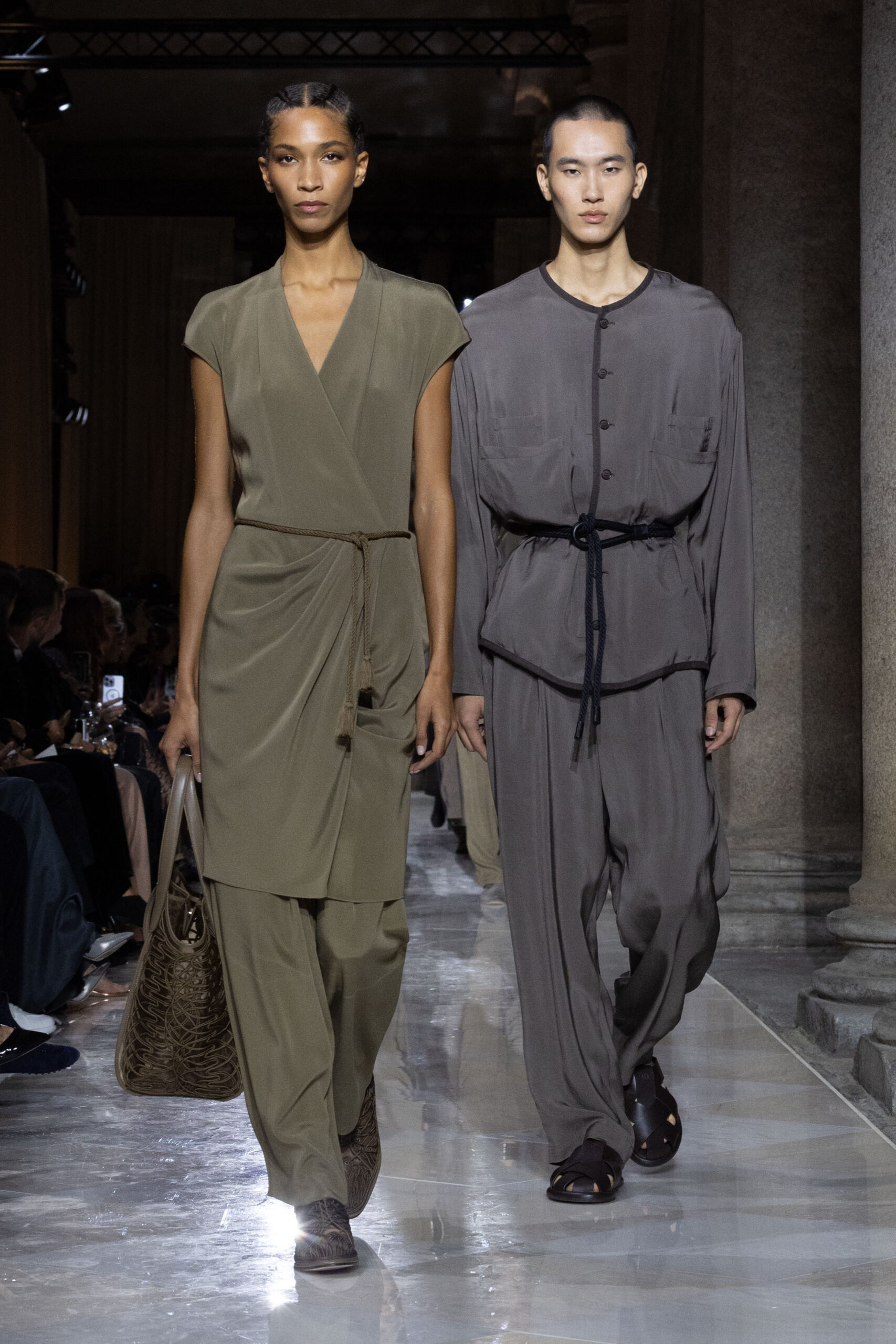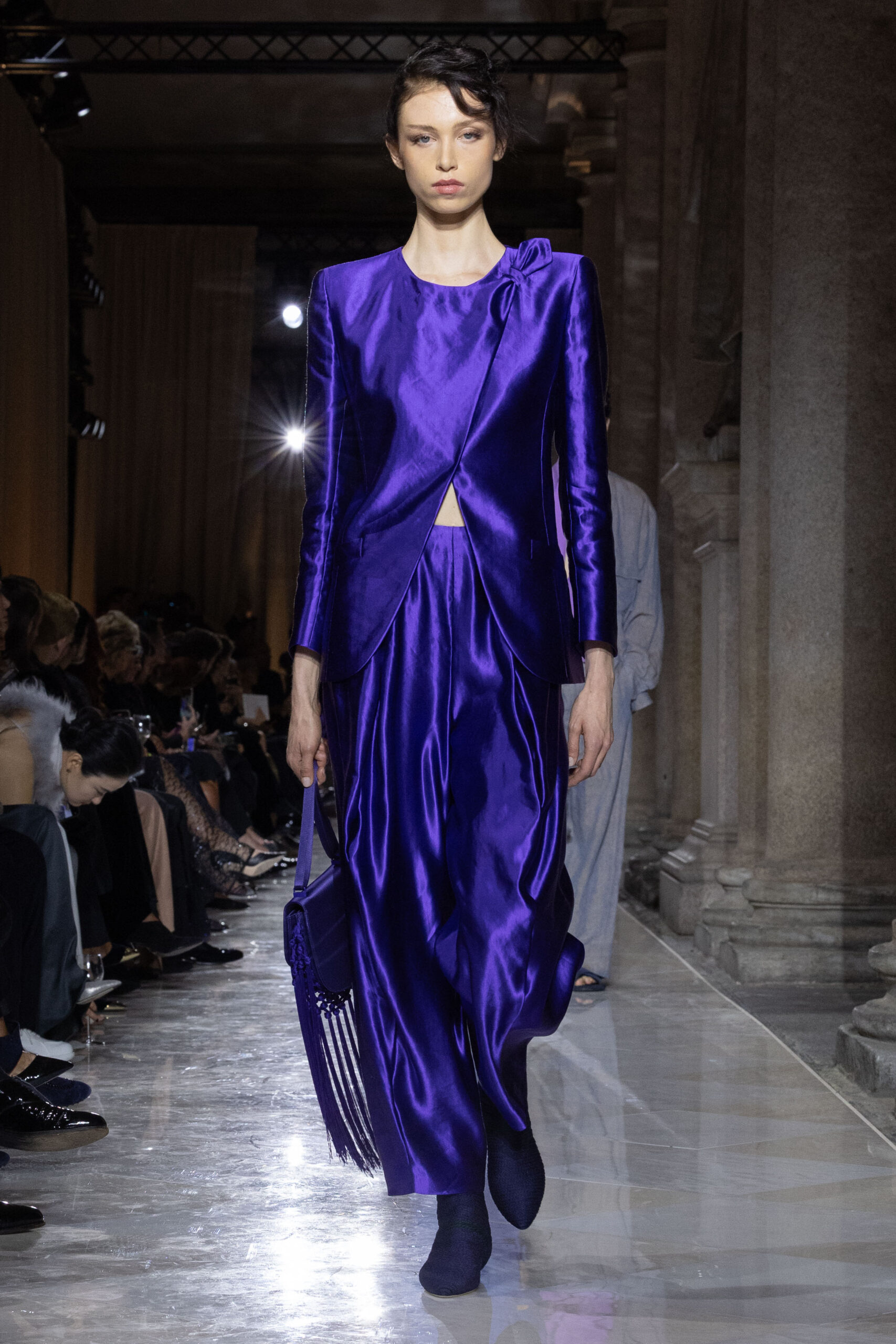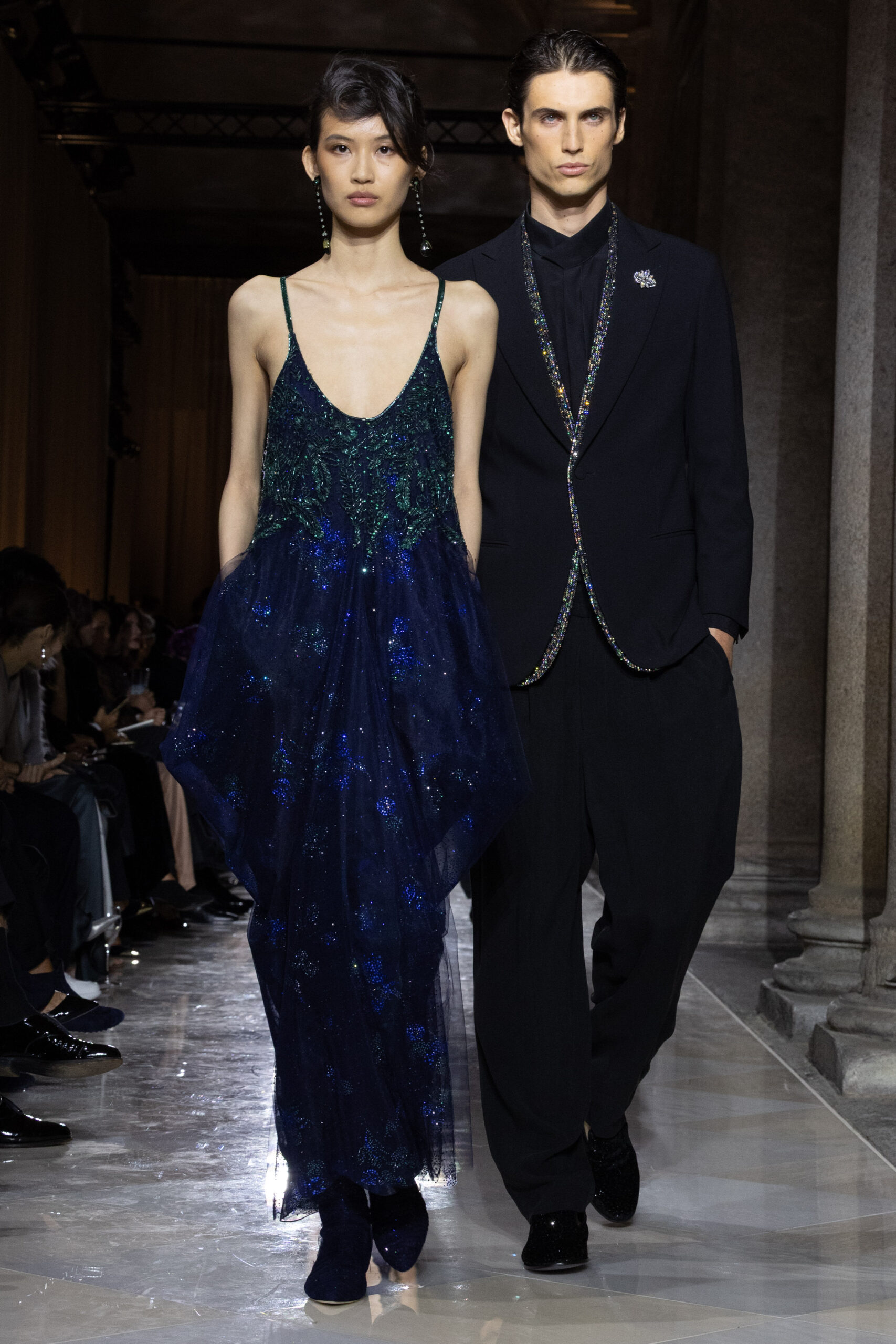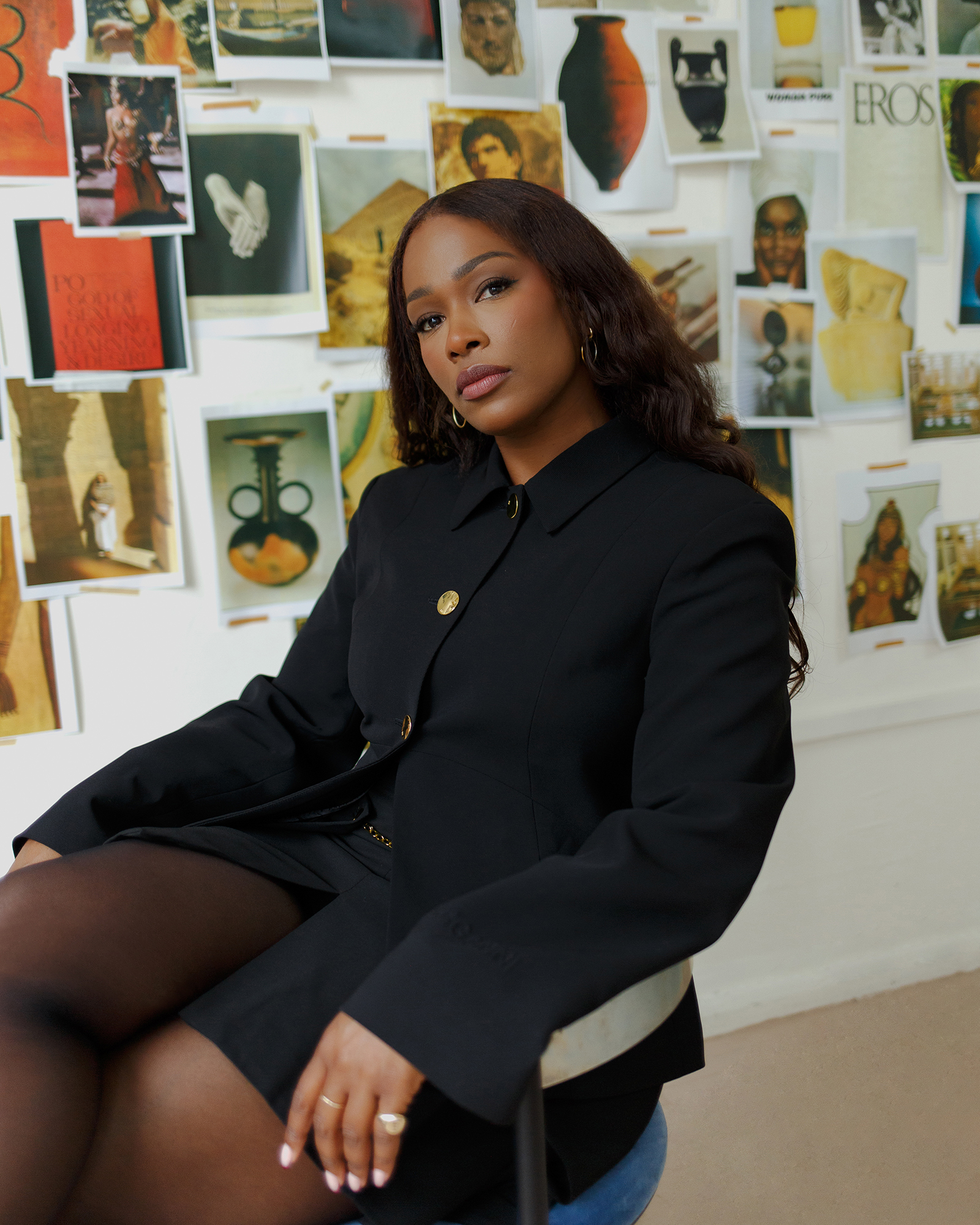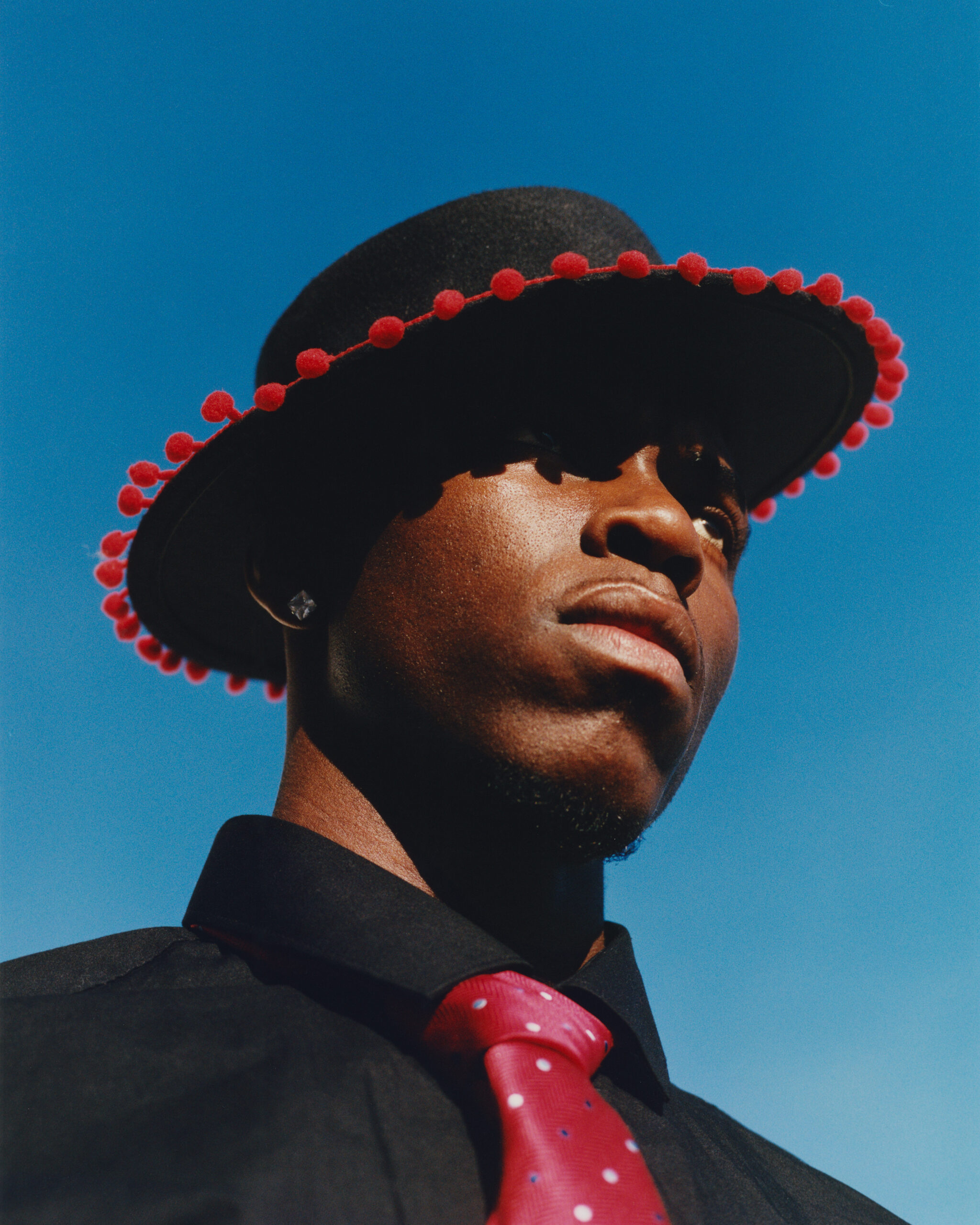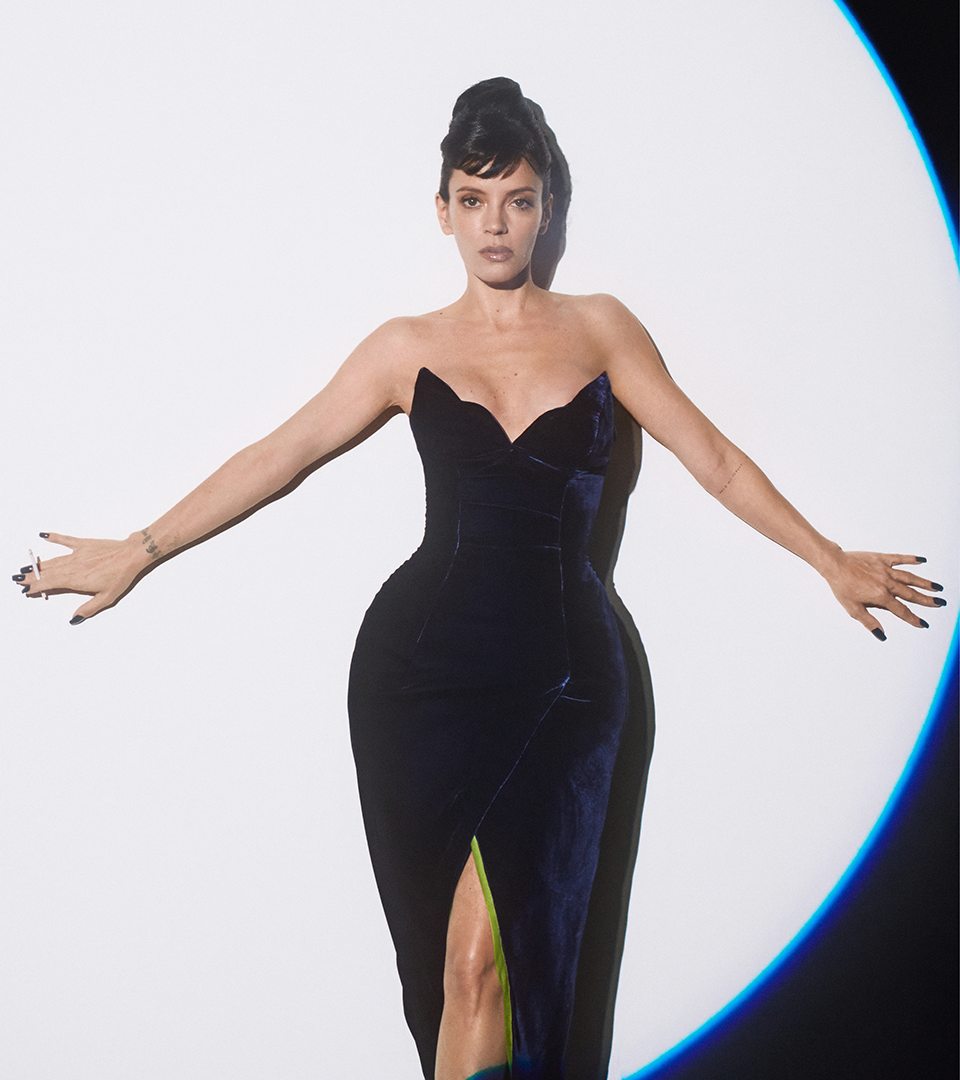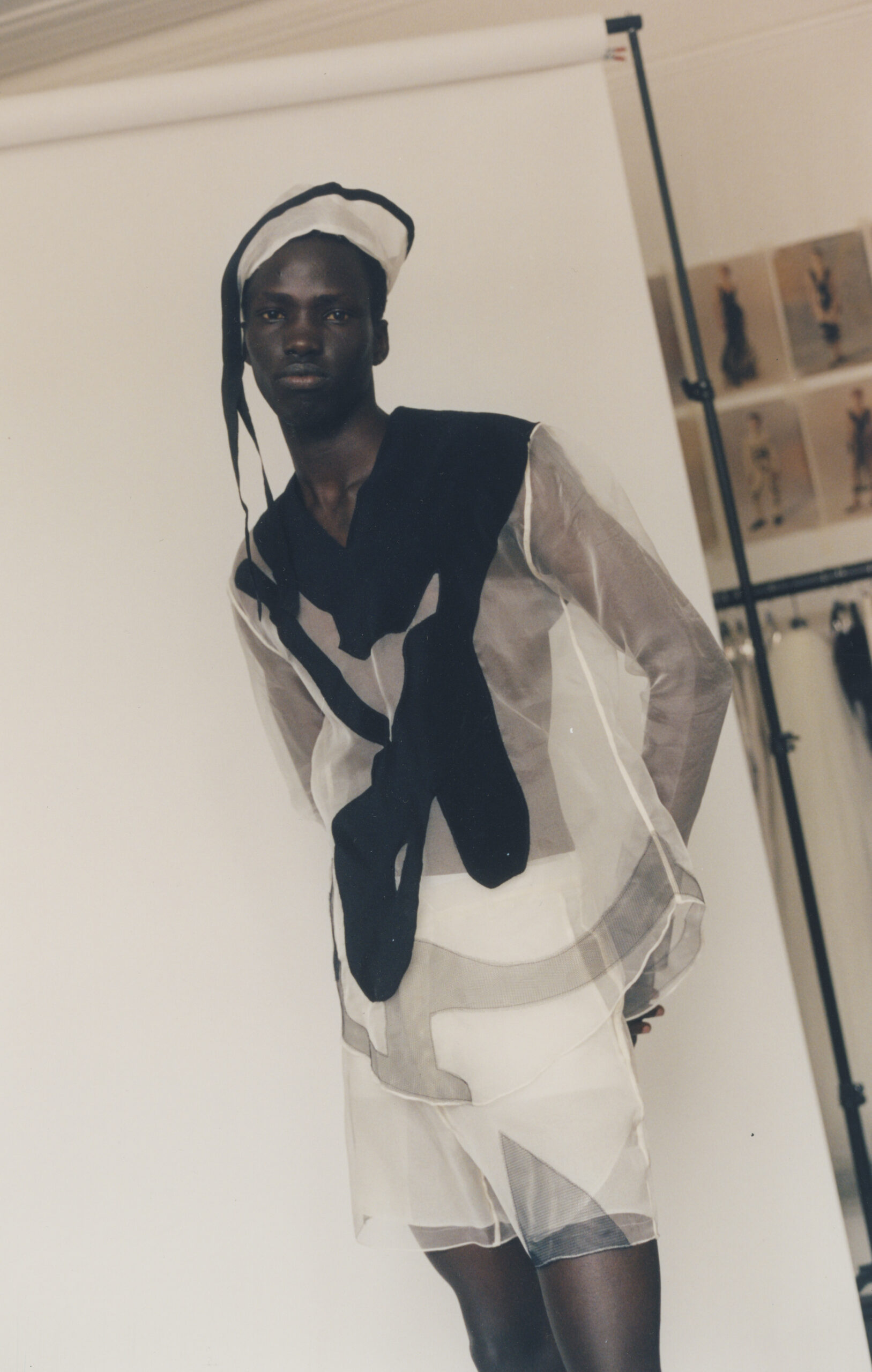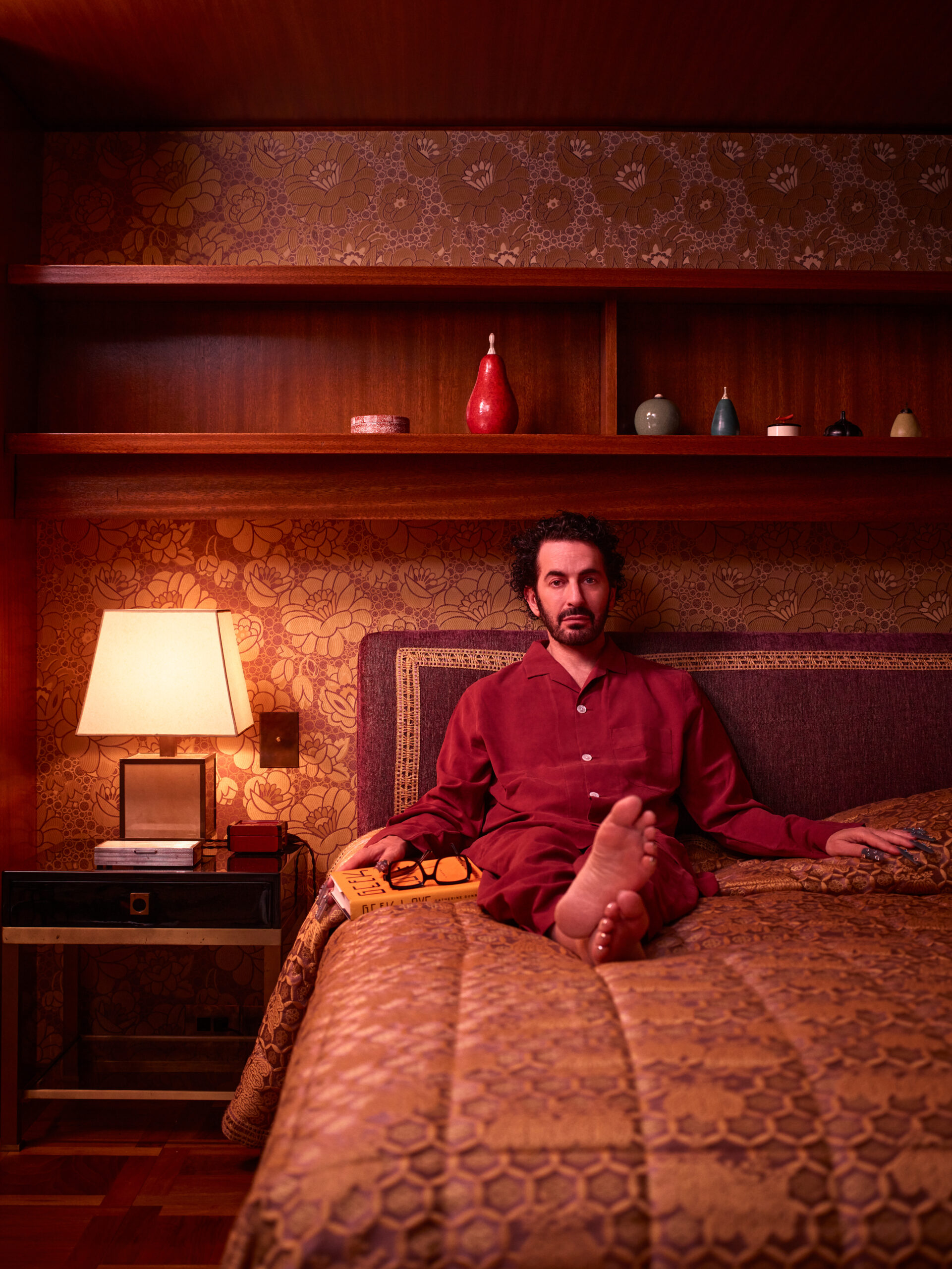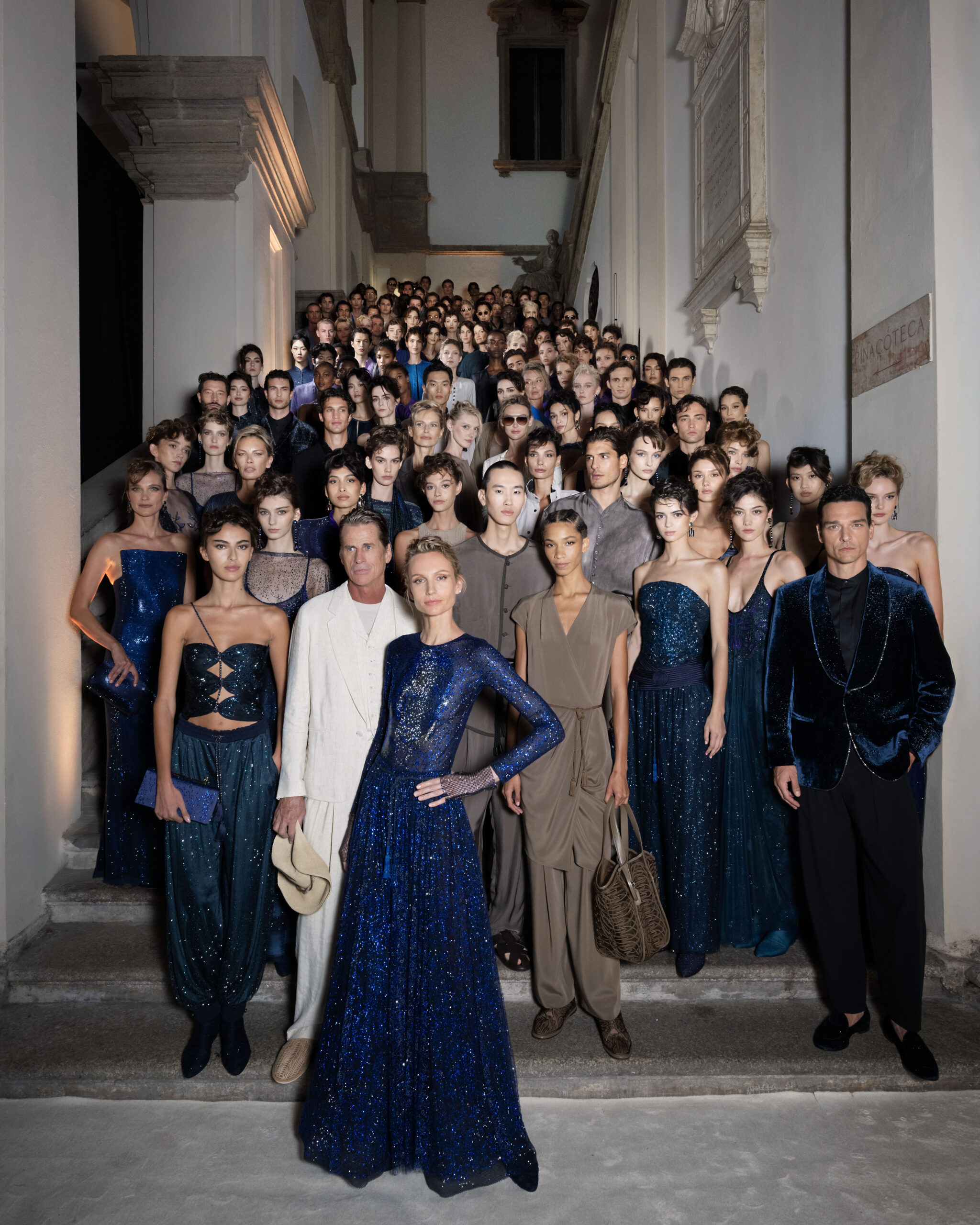
Giorgio Armani’s Final Collection
Anders Christian Madsen reviews the final Giorgio Armani collection created by the late designer himself, for Spring/Summer 2026.
Before his death on September 4, Giorgio Armani had already finalized what would become his last collection. Since the show marked his brand’s fiftieth anniversary, the festivities he had planned around it more or less ended up serving as a celebration of his life. Armani worked until the end and was involved in every finesse of his business, sometimes down to dressing the shop windows in Via Montenapoleone. Ever in control, you could say he organized his own posthumous show.
It took place in the museum of Pinacoteca di Brera where guests – everyone clad in black tie and evening gowns – mingled in the cortile, lit up by a sea of lanterns. Richard Gere, who immortalized Armani’s tailoring in American Gigolo, had flown in, as had Cate Blanchett, who wore his clothes more than any other designer’s. Fellow dressmakers Sir Paul Smith, Dries Van Noten, and Dean and Dan Caten came to show their respects.
The Italian composer Ludovico Einaudi – Armani’s favorite, whose music also played at the Teatro Armani as the designer lay in state the weekend after his death – took to a grand piano placed in the cortile and played as models walked around the colonnade where guests were seated on Armani’s traditional beige show cushions. Walking in pairs, they included his 1980s and ’90s muses Gina Di Bernardo, Laura Reiff, Markus Vanderloo, Daniela Pestova, Nadège Du Bospertus, and many more.
The collection was inspired by the dichotomy between Milan and Pantelleria, two places dear to the heart of Armani. He lived in Via Borgonuovo around the corner from Pinacoteca di Brera (and the Armani Hotel, which stands as a Milanese monument to his success), and had a home in Pantelleria where he would typically end his summer cruise on his dark green superyacht, Maìn, named after his mother. He loved the island – located between Italy and Tunisia – for its North African energy, a feeling that often coursed through his work.
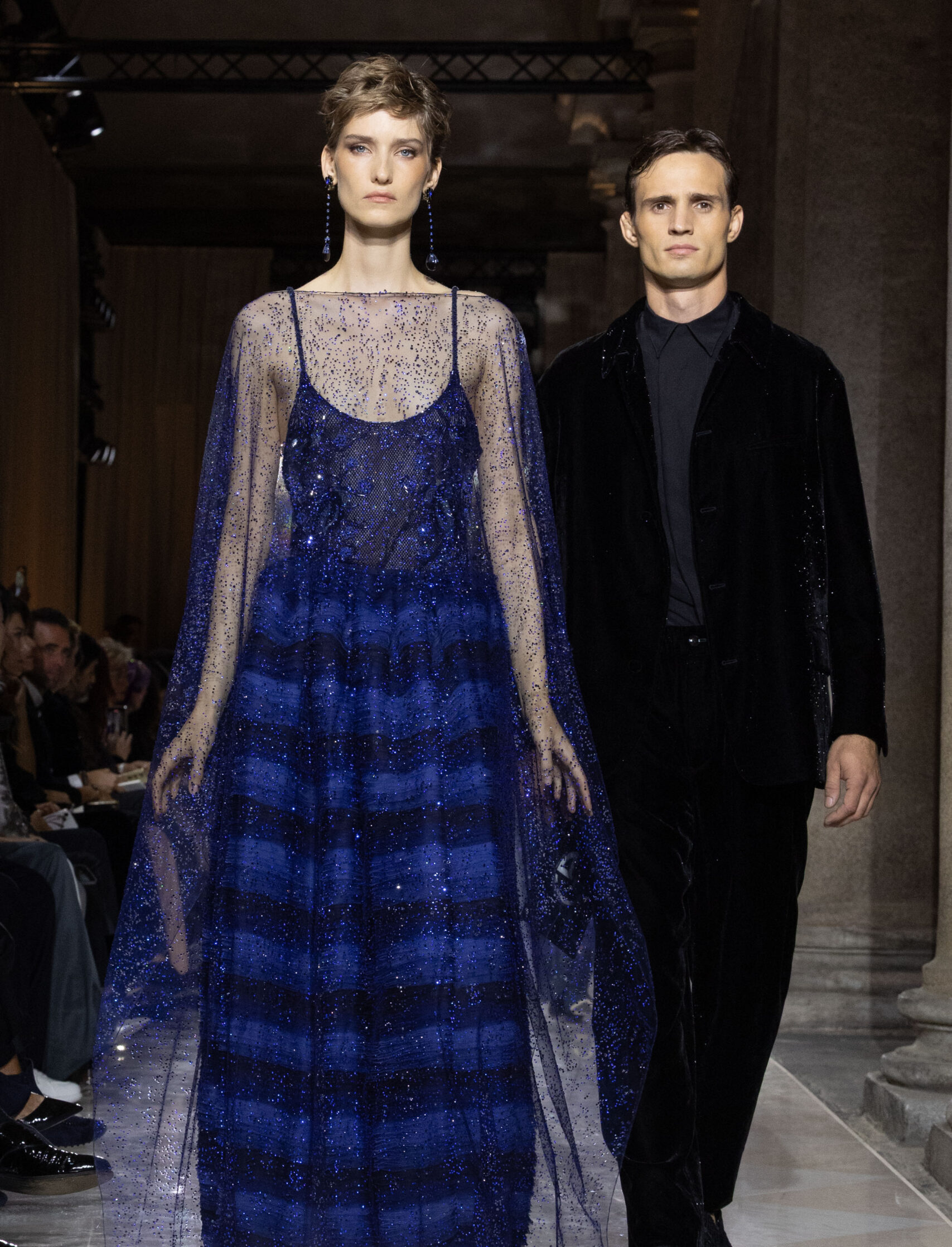
GIORGIO ARMANI
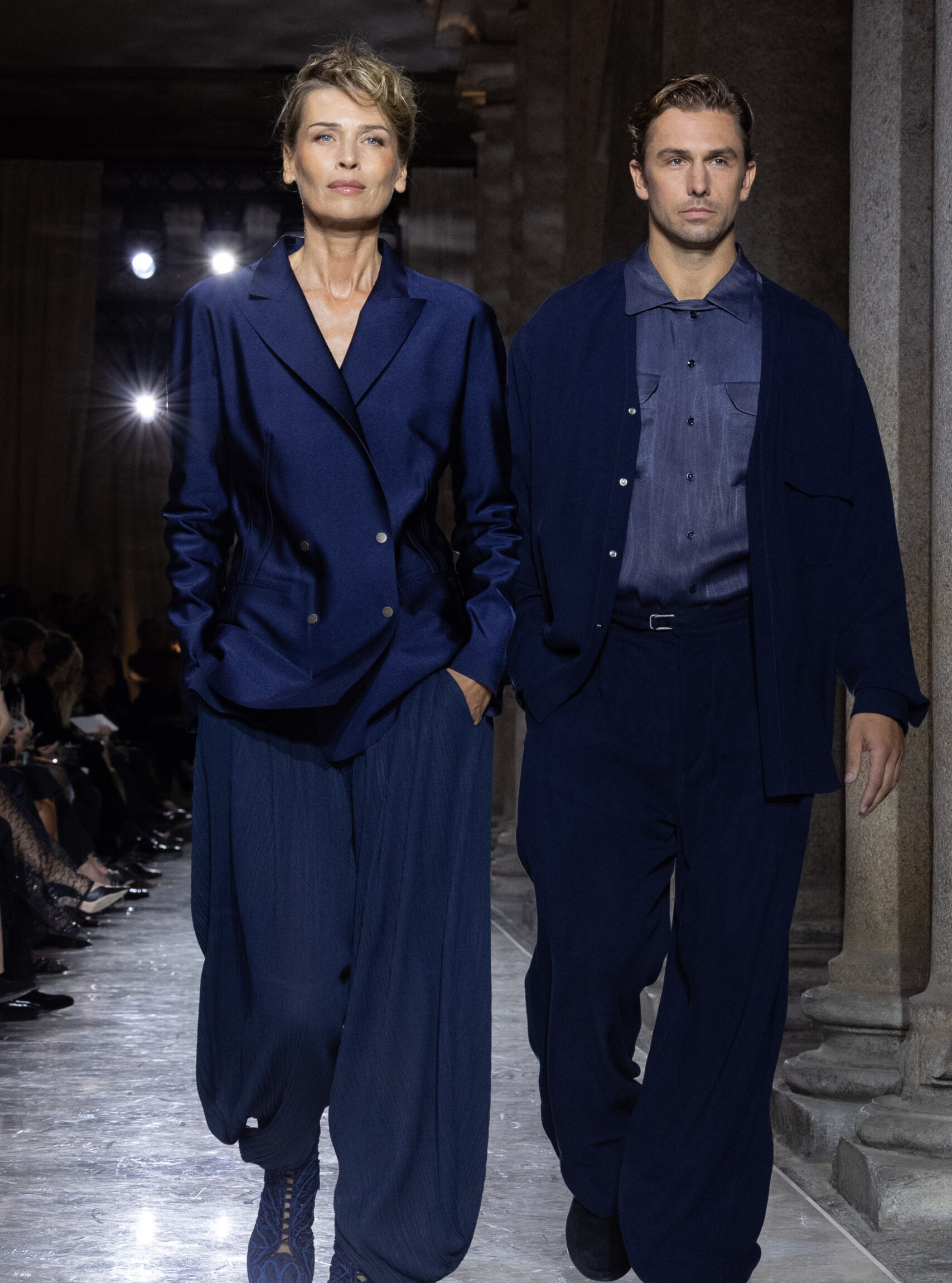
GIORGIO ARMANI
The city-to-island premise was expressed in gray, beige, and blue silhouettes embodied by an easy sense of formality: relaxed blazers paired with slouchy trousers, super-soft suits, and draped jumpsuits. Tailoring – broadly cut with nods to the silhouette that defined Armani in the 1980s – had elements of the nomadic and Japanese touches that often imbued his aesthetic. The evening dresses that closed the show had all the shimmering surface decoration and filtraggio effects characteristic of an Armani red carpet moment.
After the show, which finished with a blue crystal gown encrusted with a portrait of Armani’s face on the bustier, guests ascended to the gallery of the Pinacoteca di Brera where a sprawling exhibition marking the fiftieth anniversary of the brand unfolded. With some of the designer’s most memorable looks on display – no doubt hand-picked by the man himself – it was a fitting way of memorializing his legacy. As the evening came to an end with negronis on the loggia, the atmosphere was celebratory and emotional. Some very long hugs were exchanged.
Armani’s final show demonstrated the timeless essence of his practice. Entirely his, it’s a look and a production format he never wavered from. Because it’s so specific – and because he never doubted his own continuous vision – no adjective or superlative could describe it better than his own name: it was, at its core, so very Armani. The show notes described the collection as “a testament to style and the close of a cycle, so that new ones may begin.”
